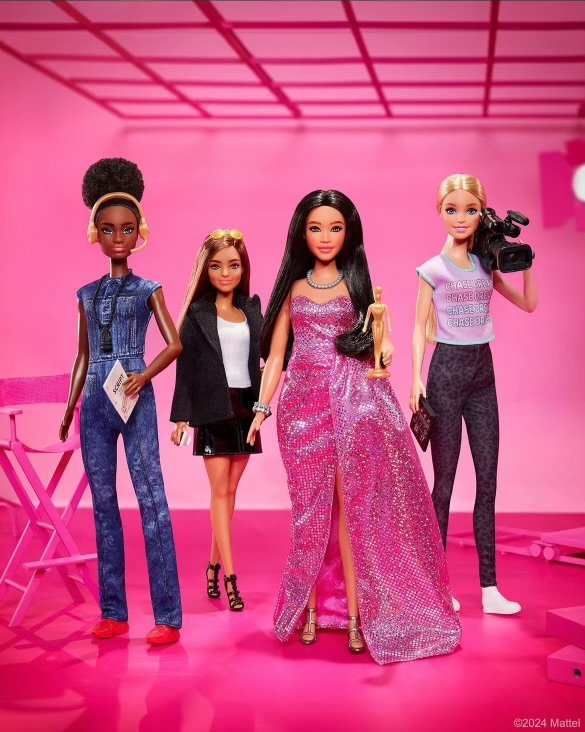The Evolution of Barbie’s Impact Through Fashion
The first ever Barbie doll was created in 1959 by Ruth Handler and toy company Mattel. Based on a German doll, Barbie was created to allow young girls to imagine themselves in any role they wanted to be. This was based on Handler’s own depictions of her dreams she projected onto her dolls. Barbie was also created to allow girls to have a doll that wasn’t a baby doll, in order to feel more empowerment that didn’t come from feelings of motherhood.
Throughout time, Barbie has become a fashion icon and a favorite toy amongst girls and teens. Sold in over 150 countries, more than 100 dolls are sold every minute. Barbie’s brand extended to merchandise, shows, movies, and Barbie even has her own social media pages with large followings.
Since the first Barbie doll was released, social views have changed through women empowerment. Barbie represents a symbol of female independence and was named to Forbes “The World’s Most Powerful Women” List in 2023. With a variety of fashionable clothing and even career-related Barbies, there is a doll for every girl's dream. This is inspiring for so many young girls worldwide who love Barbie, as her character shows that you can do anything you put your mind to. Barbie’s have even been created to reflect iconic real-life role models such as Frida Kahlo, Amelia Earhart, and Katherine Johnson.
But, Barbie has had to adapt in numerous ways to allow for inclusivity and diversity in multiple aspects. In recent years, new Barbies have been created depicting women of color, non-binary clothing, plus-size dolls, and dolls with disabilities. Barbie worked with the National Down Syndrome Society to create a doll with Down syndrome. Not only have Barbie dolls been modified, but Ken dolls have been, too. With new physical features such as a man-bun, freckles, and cornrows, male Barbies have branched into the world of inclusivity as well.
Paving the pathway of more representation for women and minorities, Barbie has become a well known symbol of women empowerment and will continue to be a fashion icon for generations to come.
Strike Out,
Lydia Corbin
St. Augustine
Editors: Indigo Carter and Maya Kayyal
Lydia Corbin is a blog writer, journalist, and production assistant for Strike Magazine. She is receiving her BA in Communications. You can reach her at lydia@lydiacorbin.co or on Instagram at @lydiarcorbin.


